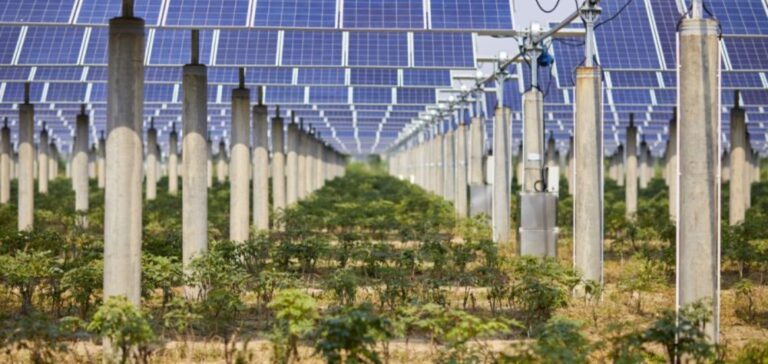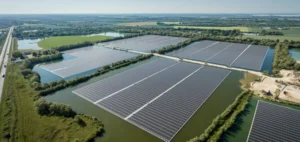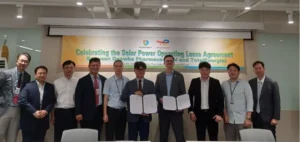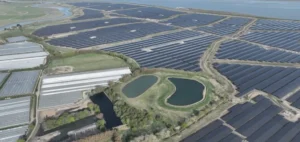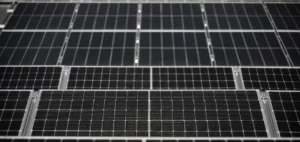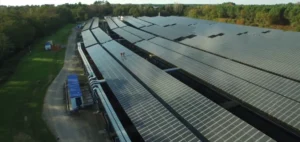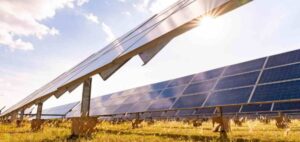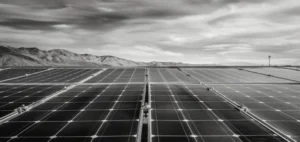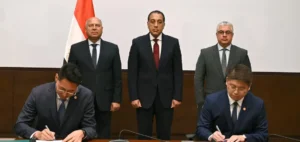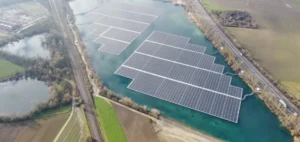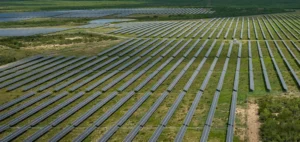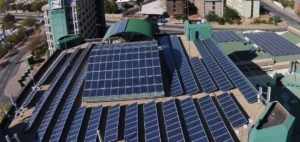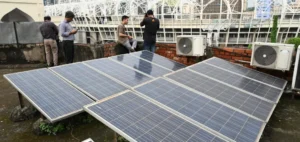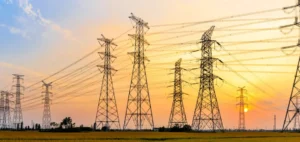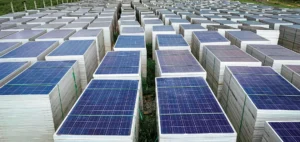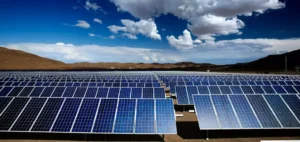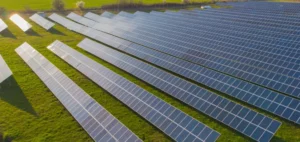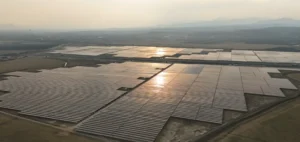The European Union (EU) has granted 5.3 million euros to the REGACE consortium to develop and demonstrate an innovative agrivoltaic technology. This technology will allow the use of CO2 enrichment to increase electrical efficiency.
REGACE technology
The REGACE system, based on an initial prototype developed by one of the partners, the TriSolar, will provide affordable clean energy by combining optimal growing conditions with significant energy production.
In addition, the use of this CO2 enrichment will make it possible to extend agrivoltaics to areas with little sunlight and low light levels. This will ensure an appropriate use of the land and thus offer greenhouse owners the possibility to sell their energy as part of the renewable circular economy.
Positive environmental impact
At its kick-off meeting in Kafr Kara, Israel, February 7-10, 2023, REGACE will commit to creating tools to transform traditional food growing areas into the production of a sustainable source of green energy that will have a positive impact on the environment and carbon emissions.
Dr. Ibrahim Yehia, coordinator of the project at Société alzahraouie said “This project will have a significant positive effect on ecological sustainability and the reduction of the global ecological footprint. He will inform that the results obtained will contribute to diversify the photovoltaic market and will allow small owners to produce a sustainable and profitable source of green energy that will help the transition to a greener future where everyone can make their contribution.

